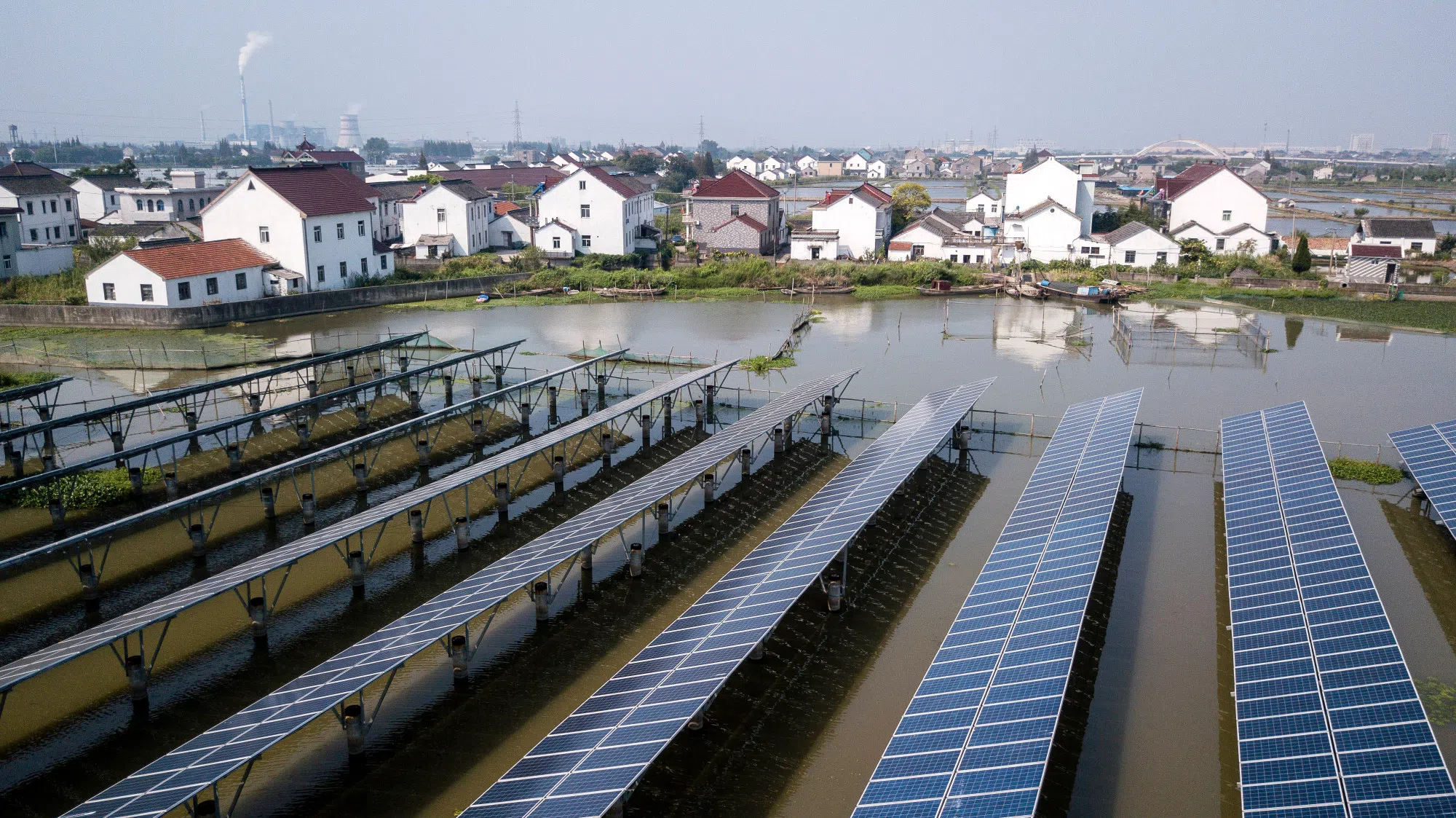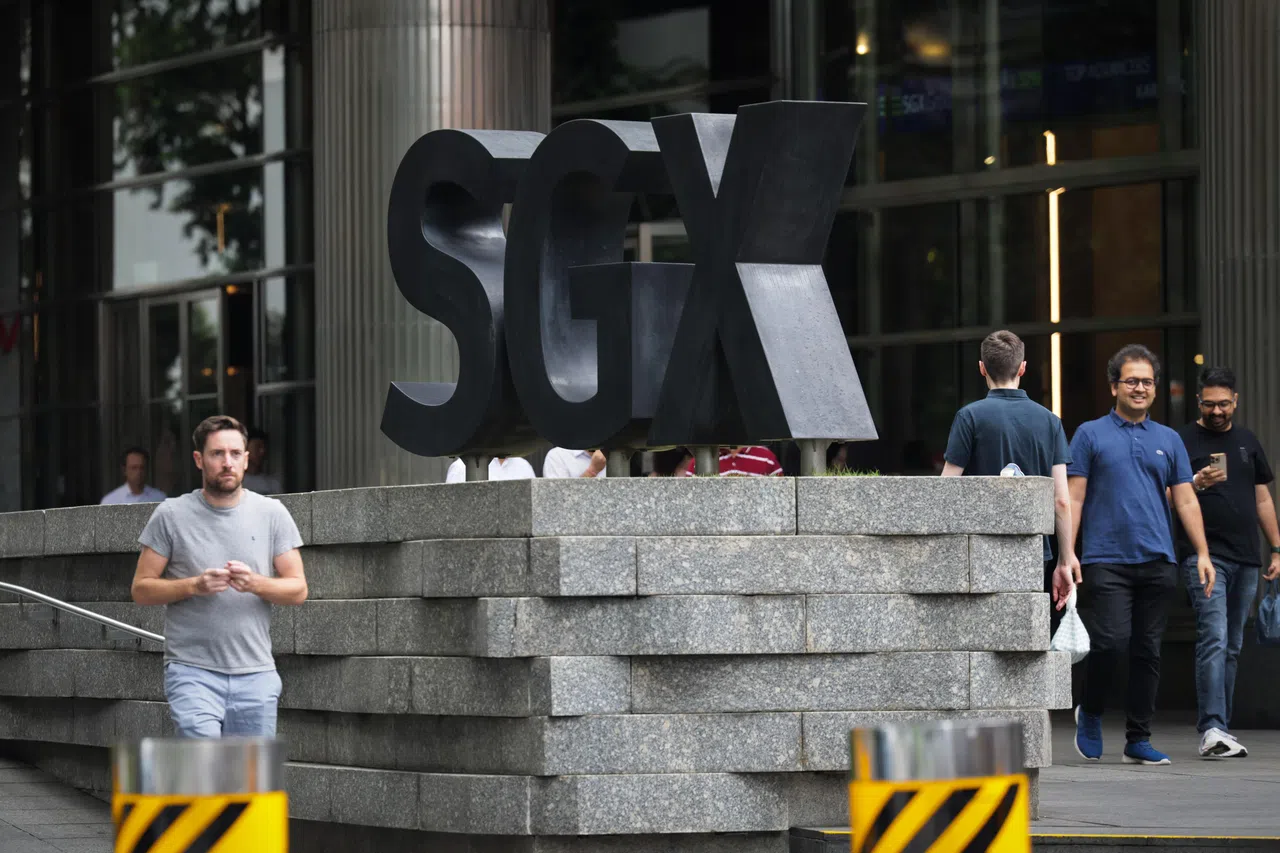CHINA’S unprecedented boom in renewable energy is facing a fresh challenge from government rules that will allow market forces to determine the price of new wind and solar power.
The mandate from Jun 1 is likely to slow clean energy additions, although not enough to threaten the country’s status as the world’s biggest installer of wind and solar. Consumers should benefit from lower electricity rates, but energy storage providers may have to live with greater uncertainty.
China’s renewables sector has been subject to the ebb and flow of policy shifts since it began its rapid expansion over a decade ago. Beijing has juggled the sometimes competing goals of trying to cut emissions while simultaneously ensuring energy security and nudging the power system towards a more market-based approach.
The upshot is that nearly half of China’s wind and solar power was sold on the open market in 2023, from less than 10 per cent in 2019, according to BloombergNEF. The rest is fixed at prices linked to coal benchmarks, the country’s main electricity source. By seeking full compliance, the government is bringing forward reforms that had been targeted for the end of the decade.
“Chinese policymakers have successfully balanced these parallel quests for decarbonisation and liberalisation, achieving record-setting capacity growth, even as the generators themselves are rewarded with fewer guarantees and more market uncertainty for their power sales,” David Fishman, a consultant with the Lantau Group, said. “This latest adjustment is a continuation of that trend.”
Net zero
Renewables developers in China have contended with boom and bust conditions since they first came on the scene. The most recent upswing in their fortunes followed President Xi Jinping’s announcement in 2020 that China would reach net zero emissions within four decades. In 2023, China installed more wind and solar than the rest of the world combined. That’s led to growing amounts of power from turbines and panels being wasted, albeit at much lower levels than during previous busts in the cycle.
A NEWSLETTER FOR YOU
Friday, 12.30 pm
ESG Insights
An exclusive weekly report on the latest environmental, social and governance issues.
The bet now is that years spent lowering costs will allow more clean energy to clear at market prices that outcompete coal. From 2022 to the first of half 2024, the average rates for solar and wind sold on the open market were about 210 yuan (S$0.39) and 250 yuan per megawatt-hour, compared to more than 450 yuan for coal, according to BNEF.
Renewables will still be afforded some protection. For projects built before Jun 1, existing agreements with the grid will act as a floor on volumes and price. For projects after that date, provinces will auction grid space. The highest successful bid will set a strike price, and the grid will ensure that developers are compensated at that level for a certain number of years.
The result will likely be a rush to finish projects before the deadline to qualify for the existing protections, Fitch Ratings analysts Diana Xia and Penny Chen said in a research note.
After that, much will depend on the strike price and payment terms set at the provincial level, although installations are expected to moderate. The National Development and Reform Commission’s Energy Research Institute, a government body, expects installations at about 320 gigawatts this year, and then around 300 gigawatts a year for the rest of the decade, compared to 356 gigawatts in 2024, according to a note from Morgan Stanley.
Energy storage
One area facing increased uncertainty will be battery systems. The new rules no longer require wind and solar farms to match generation with a certain amount of storage. While that policy helped drive battery sales, it drew criticism for creating too much idle capacity as incentives to use the systems were lacking once they were installed.
Abandoning compulsory installations is likely to have a negative impact on energy storage demand, Citigroup analysts including Pierre Lau said in a note, with implications for the manufacturers of battery systems.
But over the longer term, the shift to more liberalised power markets should make energy storage more attractive. For solar, such systems will be in bigger demand given the likelihood of wider fluctuations between cheaper daylight power and more expensive electricity generated in the evening, according to BNEF.
Green power
The longer term could also deliver renewed vigour in installations, by allowing multiyear power purchase agreements linked to strike prices. Such deals have been popular outside of China as they give developers revenue certainty, and users the ability to market their products as carbon-free.
They have been relatively rare in China because market volatility has made it difficult to agree on long-term rates, said BNEF analyst Shannon Dong. The new strike prices could act as a starting point for negotiations, giving developers the opportunity for a little bit more revenue.
Buyers in turn would get credit for purchasing green power, which could be an advantage for manufacturers seeking to export to the European Union, for example, without paying the bloc’s carbon taxes that are due to come into force next year. BLOOMBERG



